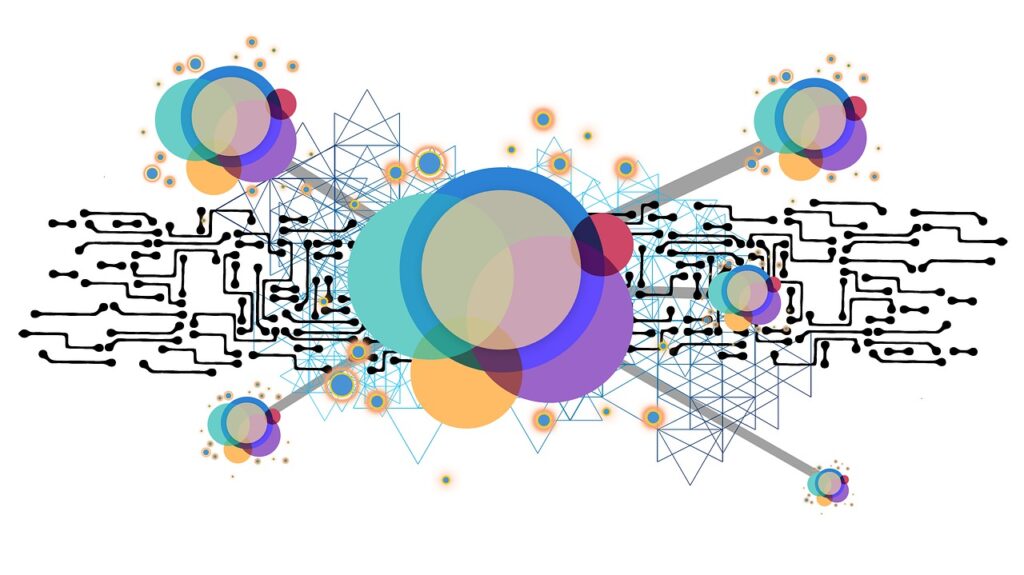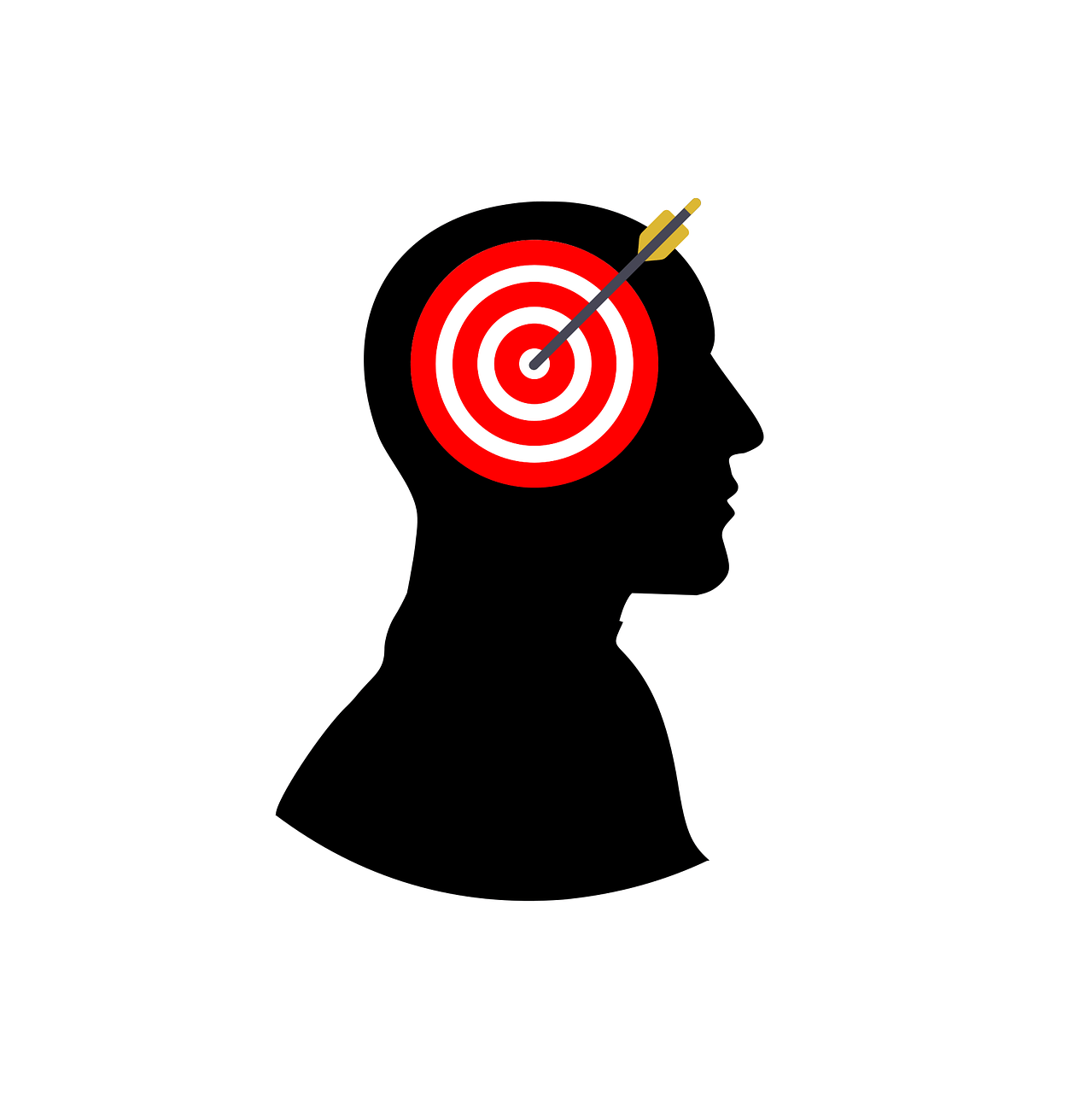
Mind Mapping: Visualizing Your Tasks For Clarity And Focus

In this article, you will discover the power of mind mapping as a tool to enhance your clarity and focus when it comes to tackling tasks. We all know how overwhelming it can be to manage our ever-growing to-do lists, but fear not! By incorporating mind mapping into your routine, you will be able to visually organize your thoughts, prioritize effectively, and ultimately achieve greater productivity. Say goodbye to the chaos and hello to a more streamlined way of approaching your tasks. So let’s dive in and explore the benefits of mind mapping in helping you conquer your daily objectives!

What is Mind Mapping?
Definition of mind mapping
Mind mapping is a visual technique that allows you to organize your thoughts, ideas, and information in a structured and intuitive way. It involves creating a visual representation of a central topic or idea, with related branches and sub-branches extending from it. By using colors, images, and words, mind mapping helps to stimulate the brain, improve memory retention, and enhance the creative thinking process.
History of mind mapping
The concept of mind mapping dates back to the 1960s, when British psychologist and author Tony Buzan developed the technique as a way to enhance learning and memory. Buzan believed that traditional note-taking methods were limiting and advocated for a more creative and non-linear approach to organizing information. Over the years, mind mapping has gained popularity and has been widely adopted as a powerful tool for brainstorming, planning, problem-solving, and overall productivity enhancement. Today, various tools and software are available to assist in the creation and management of mind maps.
Benefits of Mind Mapping
Enhanced learning and memory
One of the key benefits of mind mapping is its ability to enhance learning and memory. By engaging both the left and right hemispheres of the brain, mind mapping taps into our natural thinking process, making it easier to understand and retain information. The visual and spatial nature of mind maps helps to create associations and connections between different concepts, leading to improved recall and comprehension.
Increased creativity and problem-solving
Mind mapping is a powerful tool for stimulating creative thinking and enhancing problem-solving abilities. By allowing ideas to flow freely and without constraints, mind maps encourage out-of-the-box thinking. The non-linear structure of mind maps enables the exploration of different possibilities and connections, leading to innovative solutions and fresh perspectives.
Improved organization and planning
Another major benefit of mind mapping is its ability to improve organization and planning. Mind maps provide a visual overview of complex information, making it easier to digest and navigate. By breaking down tasks, projects, or ideas into manageable chunks, mind maps help to clarify priorities, identify dependencies, and create a clear path forward. With the ability to reorganize and manipulate branches as needed, mind maps offer flexibility and adaptability in the face of changing circumstances.

How to Create a Mind Map
Choose a central topic
To create a mind map, start by choosing a central topic or idea that you want to explore or organize. This can be a broad theme, a specific project, or even a personal goal. Write the central topic in the middle of the page or digital canvas, leaving enough space around it to add branches and sub-branches later.
Add main branches
Once you have the central topic in place, add the main branches that represent the key categories, concepts, or tasks related to the central theme. These main branches should radiate out from the center and be connected to the central topic. Use clear and concise labels for each main branch to ensure clarity and ease of understanding.
Expand with sub-branches
Next, expand on each main branch by adding sub-branches. Sub-branches represent the specific details, ideas, or tasks associated with each main branch. Connect the sub-branches to the corresponding main branch, creating a hierarchical structure. It is important to keep the sub-branches concise and focused to maintain the clarity of the mind map.
Use colors and images
To enhance the visual appeal and stimulate the brain further, use colors and images in your mind map. Assign different colors to different branches or categories to create visual associations. Use relevant images or symbols to represent ideas or concepts, adding a visual element to aid memory and comprehension.
Review and refine
Once you have completed your mind map, take some time to review and refine it. Ensure that the structure and connections are clear and logical. Make any necessary adjustments or additions to improve the overall organization and readability of the mind map. A well-designed mind map should be easy to follow and understand at a glance.
Applying Mind Mapping to Task Management
Identify task categories
When using mind mapping for task management, the first step is to identify the different categories of tasks that need to be accomplished. These categories can be based on project phases, areas of responsibility, or any other relevant criteria. By grouping tasks into categories, you can create a more organized and systematic approach to managing your workload.
Create a mind map for each category
Once you have identified the task categories, create a separate mind map for each category. Treat each mind map as a mini-project, with the central topic representing the category and the main branches representing the individual tasks within that category. This approach allows you to focus on each category independently and ensures that no tasks are overlooked.
Prioritize tasks within each category
Within each mind map, prioritize the tasks based on urgency, importance, or any other criteria that aligns with your goals and priorities. Use the sub-branches to capture additional details, deadlines, and dependencies for each task. By visually organizing and prioritizing tasks within each category, you can effectively manage your workload and stay on top of your commitments.

Using Mind Mapping for Productivity
Breaking down complex projects
Mind mapping is particularly effective for breaking down complex projects into manageable chunks. Start by creating a mind map for the overall project, with the central topic representing the project goal. Then, add main branches to represent the major phases, tasks, or deliverables of the project. Expand on each main branch with sub-branches to capture the specific actions or steps required for completion. By visually mapping out the project, you can gain clarity on the overall structure and easily track progress.
Setting goals and milestones
Mind mapping can also be utilized for setting goals and milestones. Start with a central topic that represents your primary goal, whether it’s a personal aspiration or a professional objective. Use main branches to represent the key milestones or actions that need to be achieved to reach the goal. Expand on each main branch with sub-branches to break down the milestones into smaller, manageable tasks. By visualizing your goals and milestones, you can create a clear roadmap and stay motivated throughout the journey.
Tracking progress and deadlines
Once you have created your mind map for a project or goal, you can use it as a visual tool to track progress and deadlines. As you complete tasks or reach milestones, mark them off in your mind map to visualize your progress. Use colors or symbols to indicate the status of each task or milestone (e.g., completed, in progress, delayed). By regularly updating your mind map with progress and deadlines, you can stay accountable, manage expectations, and ensure that you are on track to meet your goals.
Mind Mapping Apps and Tools
Popular mind mapping apps
There are several popular mind mapping apps available that can assist you in creating and managing mind maps. These apps offer a range of features, including the ability to add colors, images, and attachments, collaborate with others, and sync across multiple devices. Some popular mind mapping apps include MindMeister, XMind, and iThoughts.
Online mind mapping tools
In addition to dedicated apps, there are also online tools that allow you to create mind maps directly in your web browser. These tools often offer a cloud-based storage option and collaboration features, making it easy to access and share your mind maps from anywhere. Examples of online mind mapping tools include Coggle, MindMup, and Bubbl.us.
Digital stylus and tablet options
For those who prefer a more hands-on approach, using a digital stylus and tablet can be a great option for creating mind maps. With the ability to draw and write directly on the screen, digital stylus and tablet combinations provide a more tactile and natural experience. Many popular tablets, such as the Apple iPad and Microsoft Surface, offer compatibility with various mind mapping apps, providing a seamless integration of hardware and software.
Examples and Case Studies
Using mind mapping for project planning
A practical example of applying mind mapping is in project planning. Let’s say you are managing a marketing campaign for a new product launch. By creating a mind map for the project, you can start with the central topic of “Marketing Campaign for Product Launch.” The main branches can represent the key phases of the campaign, such as research, strategy development, execution, and evaluation. Sub-branches can then be used to break down each phase into specific tasks, such as market analysis, competitor research, content creation, and performance tracking. By visualizing the project in a mind map, you can easily see the various components and their relationships, ensuring that nothing is overlooked and that the project stays on track.
Applying mind mapping to brainstorming sessions
Another application of mind mapping is in brainstorming sessions. Let’s say you are a part of a team that needs to generate ideas for a new marketing campaign. By using a mind map, you can start with a central topic that represents the campaign objective, such as “Increase Brand Awareness.” Each team member can then contribute their ideas by adding main branches to the mind map, representing different marketing channels, strategies, or tactics. The group can further expand on each main branch by adding sub-branches to capture specific ideas and details. By visualizing the brainstorming session in a mind map, you can easily see the collective ideas and connections, facilitating productive discussions and inspiring creative solutions.
Tips and Best Practices
Keep the mind map simple and clear
When creating a mind map, it’s important to keep it simple and clear. Use concise labels and keep the information on each branch or sub-branch focused. Avoid overcrowding the mind map with too many branches or sub-branches, as this can lead to visual clutter and confusion. By keeping the mind map clean and uncluttered, you can maintain clarity and facilitate quick comprehension.
Don’t be afraid to experiment
Mind mapping is a flexible technique that allows for experimentation and customization. Don’t be afraid to experiment with different colors, images, and styles to make your mind map visually appealing and engaging. Adapt the technique to suit your own preferences and needs. At its core, mind mapping is about leveraging the power of visual thinking, so feel free to explore and find what works best for you.
Regularly update and revise your mind map
Mind maps are not static documents but living representations of your thoughts, ideas, and plans. As you progress and gain new insights, make sure to regularly update and revise your mind map. This will help you stay organized and ensure that your mind map remains a relevant and accurate reflection of your thoughts and goals. By treating your mind map as a dynamic tool, you can unlock its full potential and leverage it for ongoing productivity.
Overcoming Challenges with Mind Mapping
Resistance to visual thinking
One challenge that some individuals may face when starting with mind mapping is resistance to visual thinking. People who are accustomed to linear and text-based methods of organization may find it initially difficult to embrace the non-linear and visual nature of mind mapping. To overcome this challenge, it can be helpful to start with simple mind maps and gradually incorporate more elements as you become more comfortable. Additionally, exposing yourself to successful case studies and examples of mind mapping can inspire confidence and encourage the adoption of this powerful technique.
Finding the right balance between structure and flexibility
Another challenge is finding the right balance between structure and flexibility in a mind map. While the non-linear nature of mind mapping allows for free-flowing ideas, it can be easy to lose focus or become overwhelmed without a clear structure. It’s important to strike a balance by using main branches to provide structure and organization while leaving room for flexible sub-branches to capture ideas and details. Regularly reviewing and refining your mind map can also help maintain the balance and prevent it from becoming too rigid or too chaotic.
Conclusion
The power of visualizing tasks with mind mapping
Mind mapping is a powerful technique that harnesses the brain’s natural thinking process to enhance learning, creativity, and organization. By visualizing tasks, projects, and ideas in a structured and intuitive way, mind mapping unlocks clarity and focus for improved productivity. Whether you are a student looking to enhance your study techniques, a professional seeking a more effective way to manage tasks, or an individual looking to stimulate your creative thinking, mind mapping offers numerous benefits and applications. With the right tools and a friendly mindset, you can tap into the power of mind mapping and unleash your full potential.






















